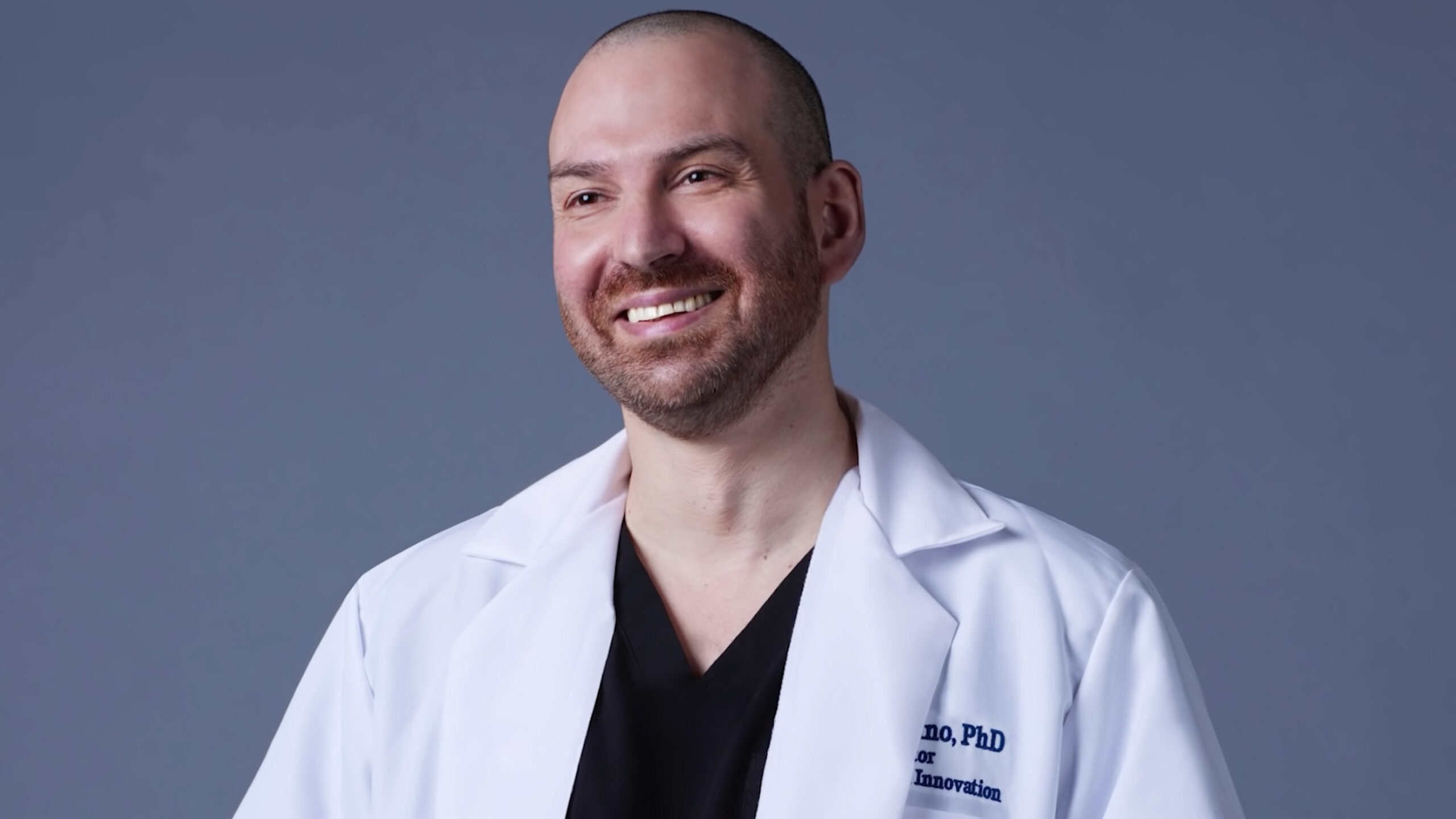Statin therapy cuts mortality in familial hypercholesterolemia
Reuters Health • The Doctor's Channel Daily Newscast
November 24, 2008 • Hospitalist, Internal Medicine, Oncology, Pulmonary Medicine, Reuters Health • The Doctor's Channel Newscast
NEW YORK (Reuters Health) – The results of a new study reaffirm the importance of treating heterozygous familial hypercholesterolemia (FH) with statins, linking therapy with reductions in all-cause, coronary, and cancer mortality.
“This study confirms the importance of early identification and treatment of affected heterozygous individuals since the major benefit of statin treatment appears to be in the primary prevention of fatal coronary disease,” lead author Dr. Andrew Neil, from the University of Oxford, UK, and colleagues state.
The study included 3382 patients, younger than 80 years of age, who had been seen at 21 lipid clinics in the UK and followed between 1980 and 2006.
During follow-up, 370 deaths occurred, including 190 from coronary heart disease and 90 from cancer, according to their report in the European Heart Journal for November.
Widespread use of statins began in January 1992, the authors note. Prior to this point, familial hypercholesterolemia patients were 3.4-times more likely to die from coronary disease than their peers in the general population. After the introduction of statins, coronary mortality fell by 37%, resulting in a 2.1-fold excess.
Before widespread statin use, the subgroup of familial hypercholesterolemia patients without coronary disease at baseline had a 2-fold increased risk of dying from coronary disease during follow-up compared with the general population. After widespread use, the excess risk disappeared.
In terms of secondary prevention, statin use was associated with a 25% reduction in coronary disease mortality. The impact of statin therapy on coronary deaths was generally more pronounced in women.
As noted, statin use also affected all-cause and cancer mortality. In 1992, all-cause mortality for familial hypercholesterolemia patients without heart disease at baseline was actually 33% lower than that in the general population, largely due to a 37% reduced risk of cancer mortality.
The author of an accompanying editorial agrees that statin therapy is critical for patients with familial hypercholesterolemia and notes that the current report may actually underestimate the benefits.
“Although statin treatment has been used routinely only after 1991, some patients may have been prescribed statins earlier although the majority will have received other forms of treatment such as bile acid sequestrants, fibrates, and possibly nicotinic acid,” Dr. Alan Rees, from the University Hospital of Wales, Cardiff, writes. “The results are therefore likely to underestimate the maximum potential benefits of widespread statin treatment.”
Reference:
Eur Heart J 2008;29:2583-2584,2625-2633.
“This study confirms the importance of early identification and treatment of affected heterozygous individuals since the major benefit of statin treatment appears to be in the primary prevention of fatal coronary disease,” lead author Dr. Andrew Neil, from the University of Oxford, UK, and colleagues state.
The study included 3382 patients, younger than 80 years of age, who had been seen at 21 lipid clinics in the UK and followed between 1980 and 2006.
During follow-up, 370 deaths occurred, including 190 from coronary heart disease and 90 from cancer, according to their report in the European Heart Journal for November.
Widespread use of statins began in January 1992, the authors note. Prior to this point, familial hypercholesterolemia patients were 3.4-times more likely to die from coronary disease than their peers in the general population. After the introduction of statins, coronary mortality fell by 37%, resulting in a 2.1-fold excess.
Before widespread statin use, the subgroup of familial hypercholesterolemia patients without coronary disease at baseline had a 2-fold increased risk of dying from coronary disease during follow-up compared with the general population. After widespread use, the excess risk disappeared.
In terms of secondary prevention, statin use was associated with a 25% reduction in coronary disease mortality. The impact of statin therapy on coronary deaths was generally more pronounced in women.
As noted, statin use also affected all-cause and cancer mortality. In 1992, all-cause mortality for familial hypercholesterolemia patients without heart disease at baseline was actually 33% lower than that in the general population, largely due to a 37% reduced risk of cancer mortality.
The author of an accompanying editorial agrees that statin therapy is critical for patients with familial hypercholesterolemia and notes that the current report may actually underestimate the benefits.
“Although statin treatment has been used routinely only after 1991, some patients may have been prescribed statins earlier although the majority will have received other forms of treatment such as bile acid sequestrants, fibrates, and possibly nicotinic acid,” Dr. Alan Rees, from the University Hospital of Wales, Cardiff, writes. “The results are therefore likely to underestimate the maximum potential benefits of widespread statin treatment.”
Reference:
Eur Heart J 2008;29:2583-2584,2625-2633.









